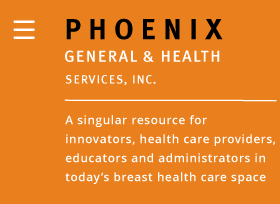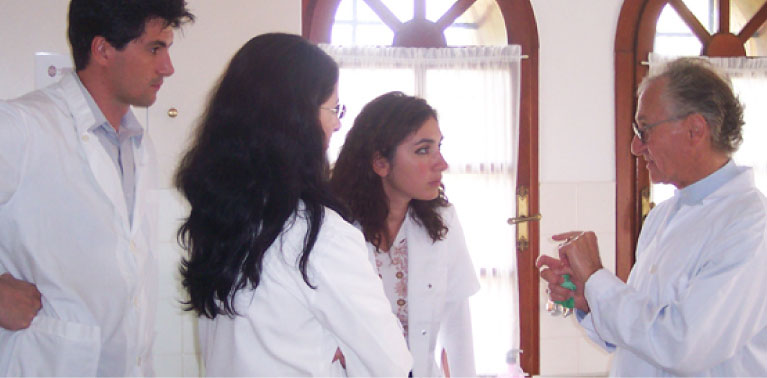RESEARCH
TEN THOUSAND WOMEN FOR TEN YEARS
That was the enrollment goal for this breast cancer study, begun in 2004. Accrual closed in 2006 with 9,218 in the study. The group was composed of medically underserved women, living in an emerging country, from teenage to 69. Those aged 40-69 received physical examination, risk analysis, education as well as mammography and ultrasound if needed. Younger women regularly experienced physical examination, risk analysis and education. At age 40, mammography was added to the regimen.
As the international consultant since 2001 for this screening facility and research project, I helped plan the facility lay-out, choose equipment and train the technology staff to perform MQSA quality mammography imaging. Although the community has well trained physicians, nurses and other health workers, I returned annually for several years to ensure that quality imaging was maintained.
Among the many aspects of this were how to have women respond to an invitation for mammography to the quality of life after a breast cancer diagnosis. Prior to this intervention, the population of women diagnosed with breast cancer were usually stage 3 or 4 with positive lymph nodes and/or distant metastasis. Their survival expectation was approximately 50%. In the first year of the study, all but one of the breast cancers found by screening were node negative with potential survival of 90%.
In year six of the study, I reviewed the charts of the breast cancer patients accrued and arrived at several proven conclusions. The data suggests that free breast cancer screening for underserved populations is both fiscally responsible and money-saving. In addition, the implications for social benefit are incredibly important. The study stopped accruing patients in 2006 and is now complete. These patients should continue to be followed. Over time, many benefits should emerge which are important for responsible governments, health agencies and, most importantly, the patients and their families.
Please contact us.


